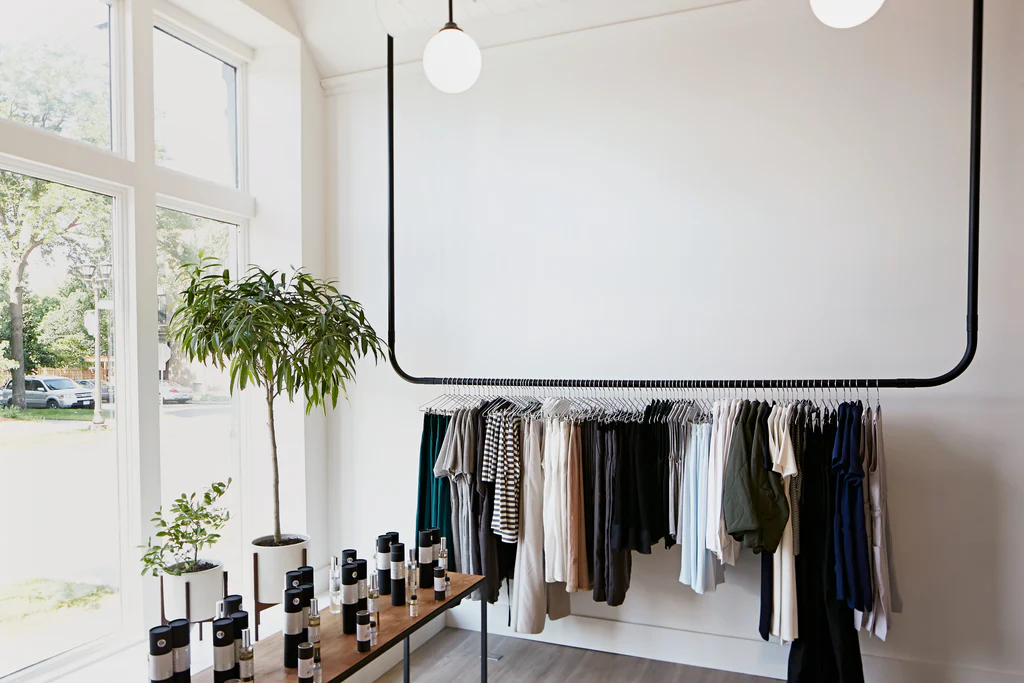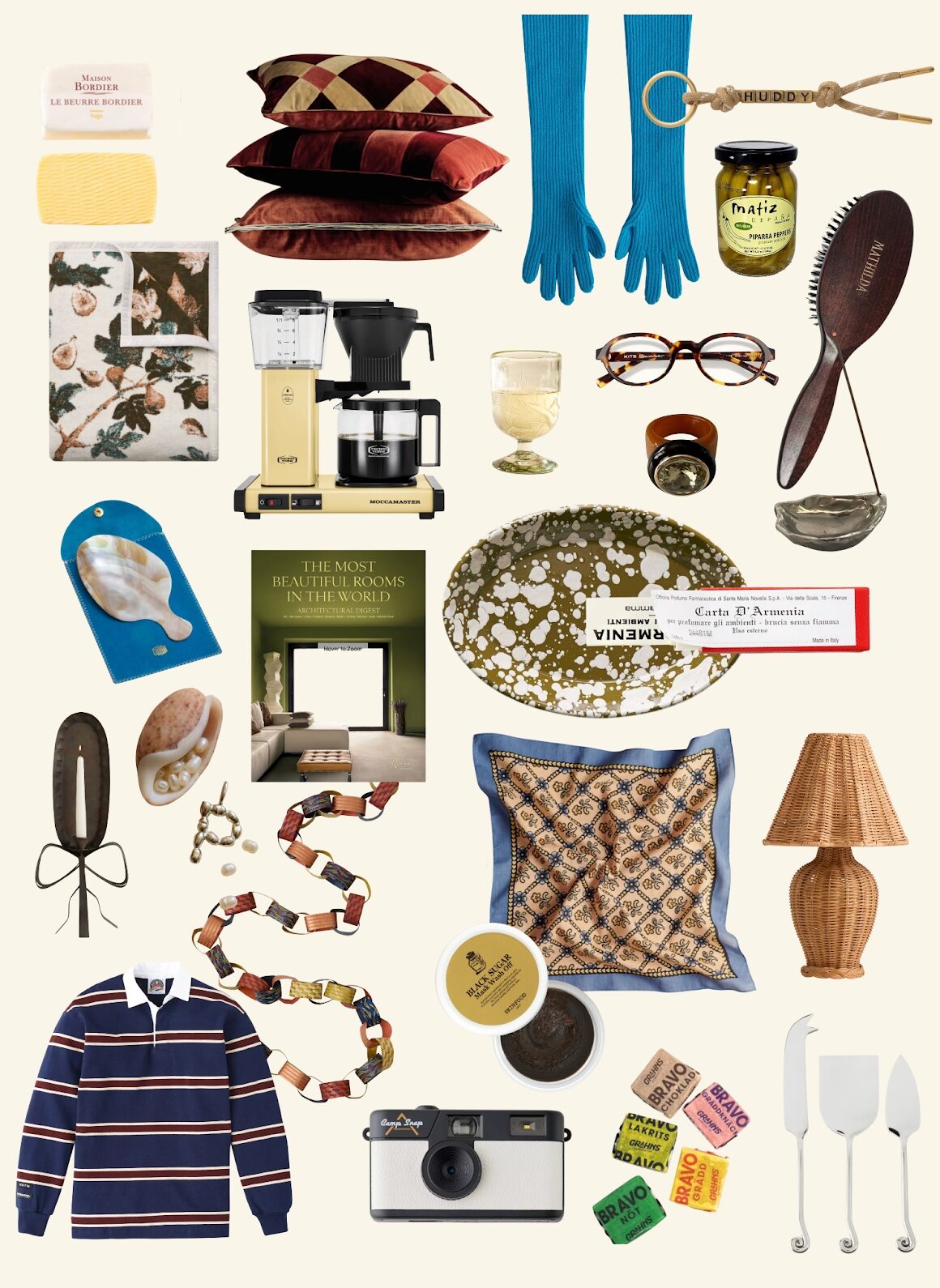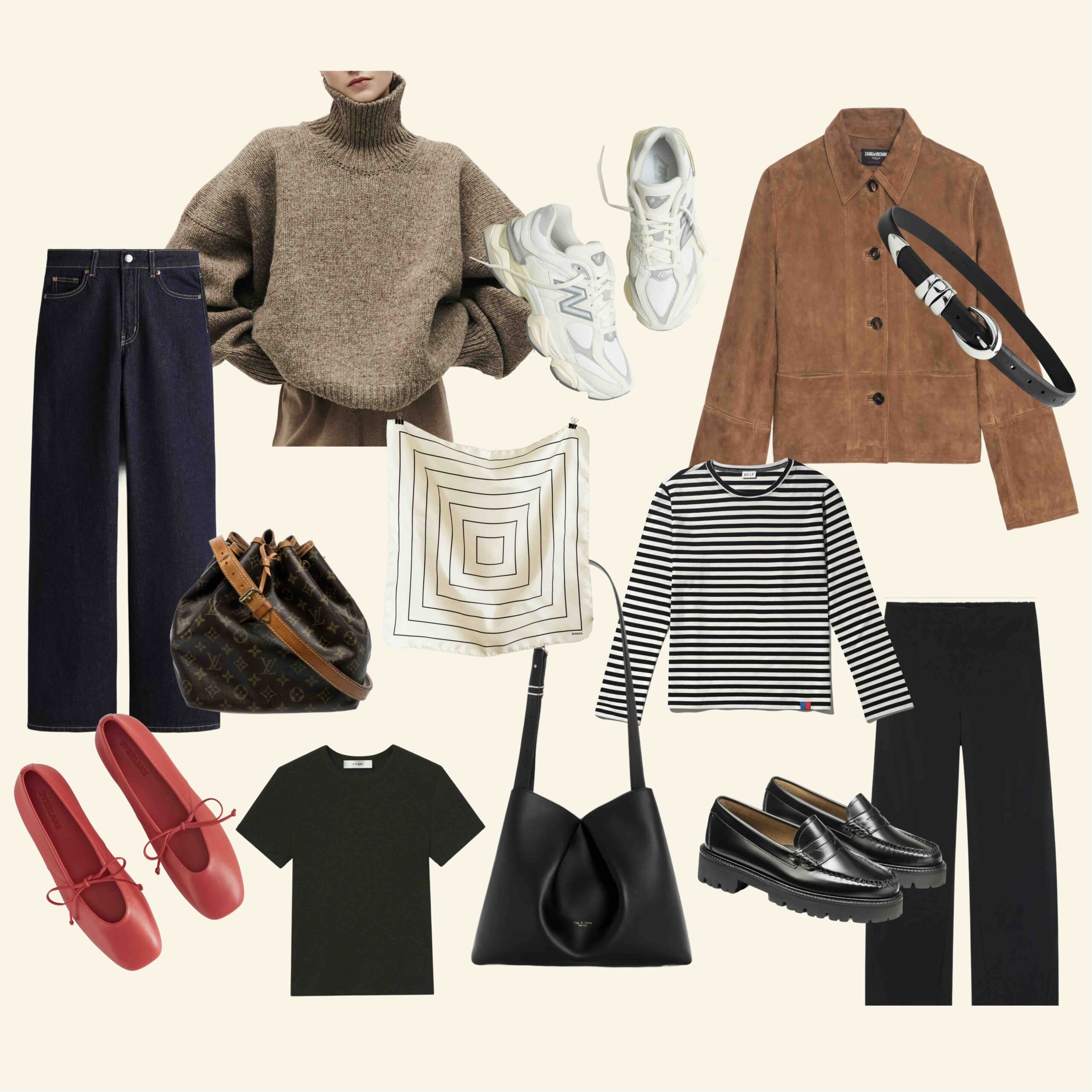

I grew up in a house full of secondhand items. A few of my earliest memories include picking up little odds and ends from the shelves to play pretend with, and watching my mom sand down an old dresser to its original wood grain. Her mother was a thrifting OG, even working at the local Depot Outlet in Decorah, IA. We would visit her in the summers, getting ice cream at Whippy Dip and picking out something special among the shelves and shelves of secondhand items at the Depot. To this day, I can see the layout of the store and feel the excitement and anticipation of what I might find.
You could say she’s responsible for my love of the hunt, and she is also responsible for my love of midcentury modern furniture, classical music, fossils, crystals, and plants. Buying secondhand was just one aspect of her conscious consumption. In the decades I visited, their home reflected their interests through music, plants, rocks, and objects of curiosity. Everything had its place, even if it was layered and stacked on top of something else. It was all important, all worth saving, all part of the unique landscape of the home.
In the decades I visited, their home reflected their interests through music, plants, rocks, and objects of curiosity. Everything had its place, even if it was layered and stacked on top of something else. It was all important, all worth saving, all part of the unique landscape of the home.
I didn’t understand how cool their house was until I went to college. I identified the chairs I recognized from their decor in design history class, noticed the beautiful vessel in which my grandma always kept her muesli, and ogled at the gorgeous teak cutlery we had been eating with for the past two decades. Now that most of us have caught up to her views on conscious consumption, removing the stigma and mystery around buying secondhand is a mainstream topic.
I believe buying secondhand is something we can all do. It’s not about needing to buy everything secondhand but rather it’s about shifting your perspective from buying only new pieces to also incorporating secondhand pieces in your decor. Here are a few of my thoughts and tips on how to go about the process.
Why I Like to Seek Out Secondhand Pieces
I feel most drawn to two very different kinds of homes—a home that’s incredibly minimalist where the focus is on the structure, architecture, and the outdoors, and a home filled with things that are an expression of the person who lives there. You might have noticed that it can be tough to achieve the latter when you’re buying solely brand new items from big-box retailers.
We really underestimate the power of buying what you like as a specific design principle, and that’s a powerful thing to ask yourself…what do I like? What am I drawn to? What style brings me joy?
If you’re looking to put a personal stamp on your space, think about the specific qualities of the decor items you gravitate toward, rather than trying to create an exact replica of a design you’ve seen elsewhere. There’s absolutely nothing wrong with replicating a design if that’s the end look you want to achieve, but I’ve found that I prefer designing and living in spaces that are an individualized reflection of my own personal aesthetic. Even if it’s a pillow from your grandma placed on a couch from Target, no one else will have that combination but you.
We really underestimate the power of buying what you like as a specific design principle, and that’s a powerful thing to ask yourself…what do I like? What am I drawn to? What style brings me joy?
There are plenty of great big-box purchases that meet a specific design need beautifully, but if you rush to finish a project and buy everything new from only one store or a couple of stores, your space may turn out looking like a catalog. Again, that’s okay if that’s what you’re looking to create, but if you want that unique, personalized look, I’d recommend sourcing a couple of more unique items that match your personal style.
The Benefits of Buying Online
Antiquing or thrifting in person absolutely have their place, and I’ll be the first to admit that they’re two of my favorite activities. But there are also benefits to seeking out secondhand pieces online, especially when you’re focused on being very intentional about what you bring into your home.
At an antique or thrift store, you can sometimes be overwhelmed with the number of pieces there are to sort through. Browsing pieces online can help you narrow down your search to what you truly want to find.
Along the same lines, thrifting generally involves digging through a wide array of items and can sometimes lead to buying too many pieces all at once, whereas buying online can often make it easier to research pieces you really want while also getting to know small sellers along the way.
A couple of my go-to places to source secondhand items are eBay and Etsy. (And if you’re looking to explore Facebook Marketplace, you can find more specific tips for shopping that platform in this post!) Both are great resources for finding and supporting small vendors and designers and seeking out specific secondhand pieces that you want in your space. With eBay, you can also negotiate on pricing with sellers, which I’ve found to be helpful when it comes to staying on budget.
My Tips for Seeking Out Unique Pieces Online
Do Your Research
Once you’ve decided on a specific style you’re looking to incorporate in your home, do your research and figure out the era of the style you’re looking for. Determining the era is a great way to discover particular items such as a Brutalist coffee table, midcentury dining set, or postmodern lamp. If you’re at an antique store and you find something you love that’s a bit out of your price range, you can also use the era to look for items of a similar style online.
Get Specific
If you can be really thoughtful about what you’re searching for, suddenly a whole new world of pieces can open up to you. Make sure you have very specific search terms so you can narrow down your search to what you truly want.
Once you’ve nailed down the specifics, you can also set up alerts for search terms on eBay. Le Klint lamps, 1930s quilts, Scandinavian kilim rugs, and hand-painted, old-fashioned cocktail glasses are all specific alerts I’ve set for my own decor browsing. I can revisit these searches when I feel like it, or have notifications sent to me when a new item is added that fits my search criteria.
Don’t Buy What You Don’t Love
As more and more of us see secondhand purchasing as a resourceful way to participate in a circular economy, it’s just as important to be an ethical shopper, not get carried away by the thrill, and instead stay intentional with your purchases and buy only what you need.
One of the best ways to do this is to be really focused in your search, creating a list of the pieces and styles you’re seeking before you begin looking, and sticking to it. We’ve got some great tried and true tips that you can use to take the overwhelm and access OUT of buying secondhand, ensuring there’s enough to go around for everyone and we’re not filling our homes with things that won’t stay with us for decades to come.
Remember to be patient while you’re looking for these specific styles. This process of shopping helps you slow down and be more intentional with your purchases and overall design approach, and shopping secondhand means you won’t necessarily find what you’re looking for instantaneously.
Be Patient
Remember to be patient while you’re looking for these specific styles. This process of shopping helps you slow down and be more intentional with your purchases and overall design approach, and shopping secondhand means you won’t necessarily find what you’re looking for instantaneously.
Before you automatically head to mass retailers for each item you’re seeking for your home, I’d recommend giving secondhand pieces a chance as well. They can help add richness and vibrancy to your home and help you personalize your overall design in the process. If you need help knowing where to start, take a look at my favorite vintage shops on Etsy, along with items I have favorited while on the hunt for things for our home.
Happy browsing!
Editor’s Note: This article contains affiliate links. Wit & Delight uses affiliate links as a source for revenue to fund operations of the business and to be less dependent on branded content. Wit & Delight stands behind all product recommendations. Still have questions about these links or our process? Feel free to email us.


Kate is the founder of Wit & Delight. She is currently learning how to play tennis and is forever testing the boundaries of her creative muscle. Follow her on Instagram at @witanddelight_.
BY Kate Arends - December 14, 2020
Most-read posts:
Did you know W&D now has a resource library of Printable Art, Templates, Freebies, and more?
take me there
Get Our Best W&D Resources
for designing a life well-lived




Thank you for being here. For being open to enjoying life’s simple pleasures and looking inward to understand yourself, your neighbors, and your fellow humans! I’m looking forward to chatting with you.
Hi, I'm Kate. Welcome to my happy place.


















Like what you see?
Share Wit & Delight with a friend: